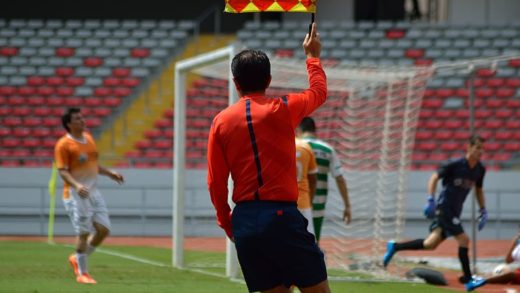
The corner kick is an important attacking opportunity in football that can lead directly to goals if executed properly. This article provides a comprehensive, step-by-step guide to effectively taking corner kicks in football matches.
The Basics of the Corner Kick
A corner kick is awarded to the attacking team when the ball crosses the goal line after being touched by a defender. It must be taken from the corner arc nearest to where the ball went out of play. All opposing players must remain at least 10 yards from the ball until it is kicked.
The main objectives when taking a corner are to create a goal-scoring chance by delivering the ball into a dangerous area near the opponents’ goal, or to retain possession by playing short. There are various tactics and techniques to achieve these aims.
| Objective | Description |
|---|---|
| Create goal-scoring chance | Deliver ball into dangerous area near opponent’s goal |
| Retain possession | Play short instead of crossing |
Positioning and Movement
Effective corner kicks rely on clever positioning and well-timed movements by attackers in the penalty area. Here are some key tactics:
- Near post runs – One or two attackers make angled runs towards the near post. A kick aimed to the near post area can lead to glancing headers or shots.
- Far post runs – One or two attackers drift towards the far post. The ball can be aimed to the far post for headers or cut backs across goal.
- Blocking – Attackers position themselves in zones to block defenders from clearing the ball, creating confusion.
- Short option – A player offers a short passing option to retain possession if the cross is unlikely to succeed.
Attacking players must time their movements carefully to lose their markers and find space in the box. Defenders man-mark or zonally mark, so runs must be made at the right moment.
Delivery and Types of Crosses
The corner taker has numerous options in terms of delivery:
- Driven low cross – Aimed flat and hard, bouncing through the goalmouth. Can lead to deflections.
- Floated cross – Looped high cross to the far post or penalty spot. Effective for headers.
- Outswinging – Ball curves away from goal. Creates space on near post runs.
- Inswinging – Ball curves towards goal. Good for crowded boxes or far post runs.
- Short – Pass played short instead of a cross. Retains possession.
The type of cross depends on the strengths of attackers, the marking system, and specific movements. Quality delivery gives attackers the best chance of scoring.
Taking the Kick Correctly
The corner taker must strike the ball correctly to execute the desired type of cross:
- Approach at a 45 degree angle and line up corner spot.
- Place non-kicking foot close to corner arc to get very close to ball.
- Lean body over the ball, keep knee over ball.
- Make clean contact with laces for power and whip crosses. Inside of foot for bending crosses.
- Keep head and upper body over ball for optimal technique.
- Use arms for balance and follow through towards target.
Consistency in technique is key for accurate corner delivery. Powerful whipped crosses are more difficult for keepers and defenders to defend.
Tactical Variations
Besides direct crosses, there are some tactical ploys to try:
- Play it short then make an overlapping run for the return pass.
- Fake the cross then cut inside to shoot. Defenders may drop their guard.
- Lay it off short then quickly spin in a cross. Disrupts defenders.
- Take it quickly before the defence is set.
- Position a player behind the defensive wall to receive a pass then shoot.
Such tactical variations add unpredictability and can create better chances when done properly.
By and large, executing an effective corner kick requires attention to technique, positioning, movement, and tactical variations. Consistently delivering dangerous crosses into the box gives the attacking team a greater chance of scoring goals from corners. With practice and repetition, teams can dramatically improve their corner kick success rate and capitalise on these key attacking set pieces.


